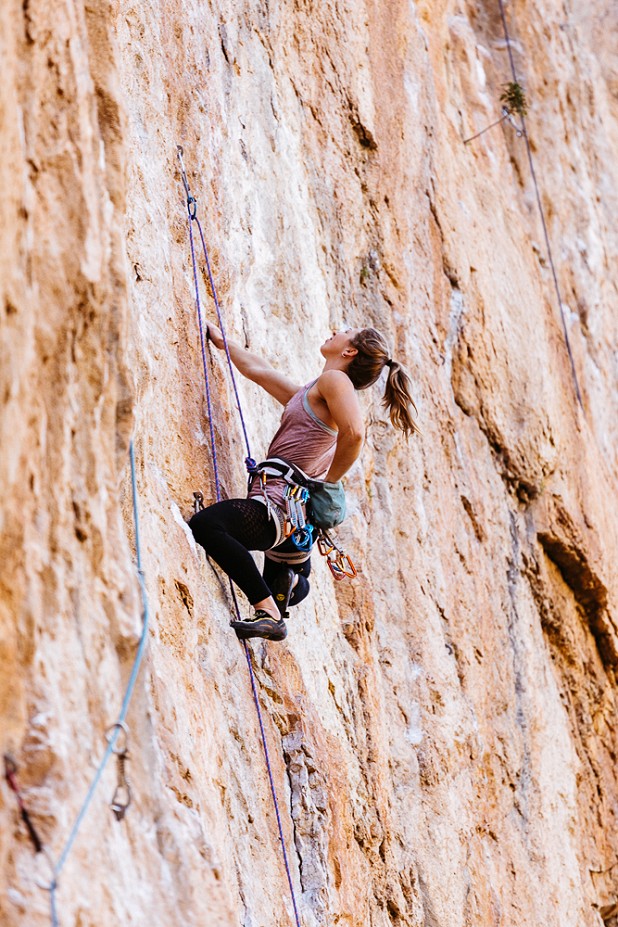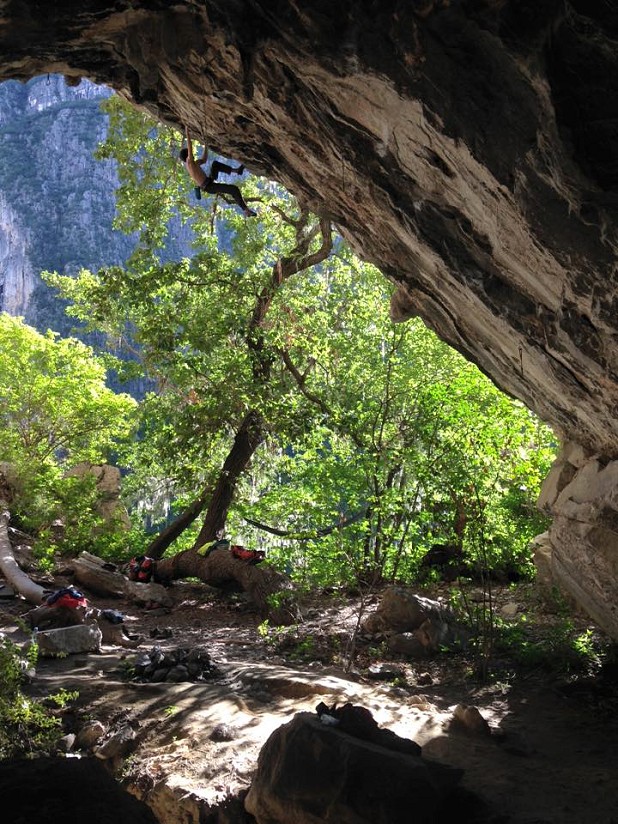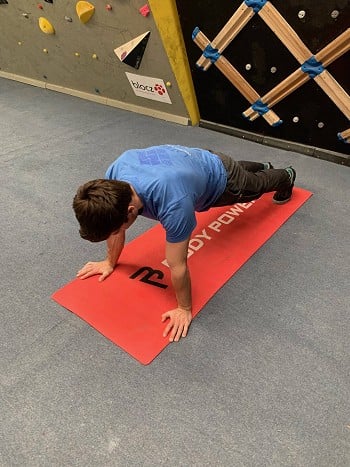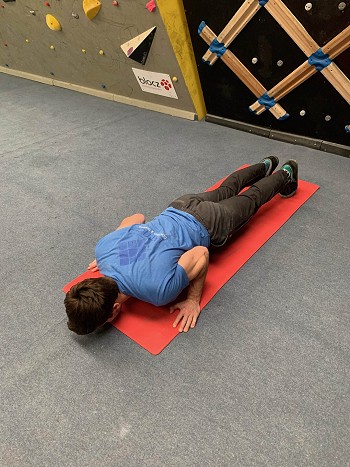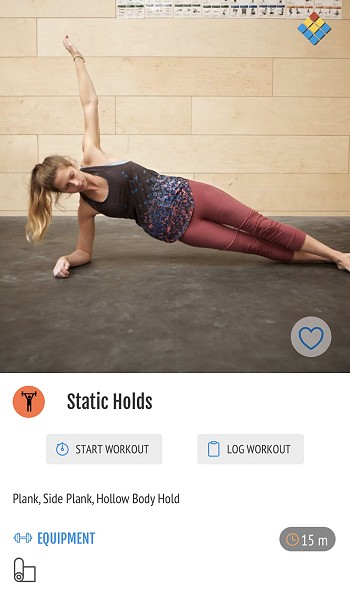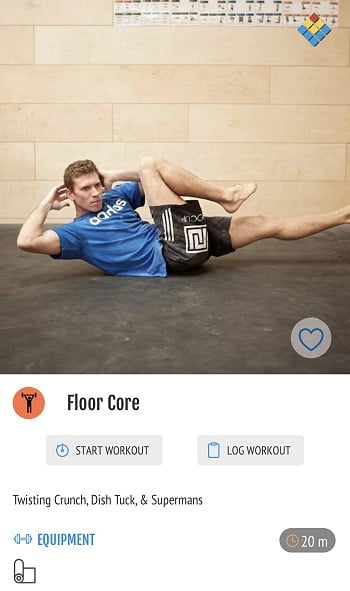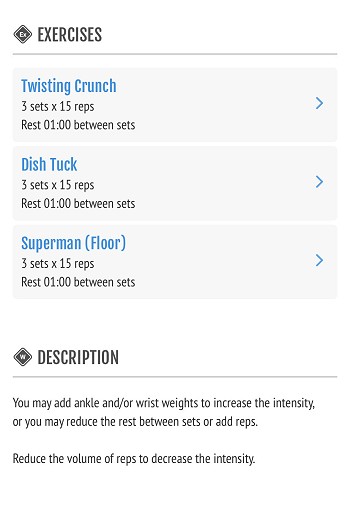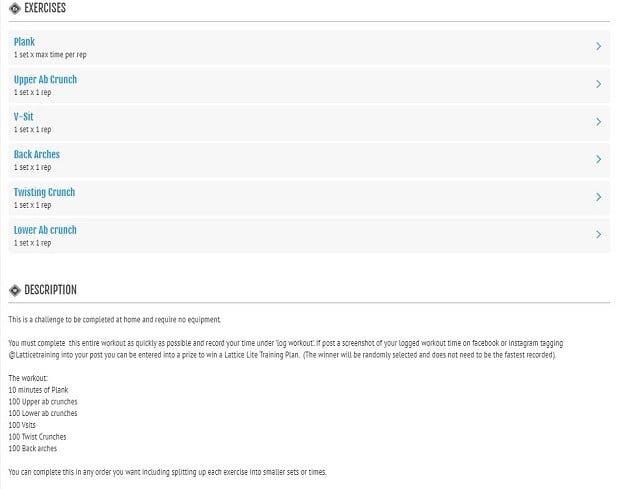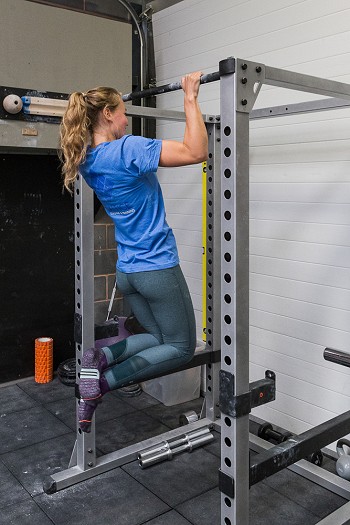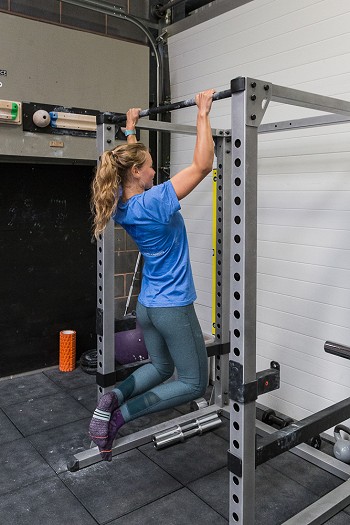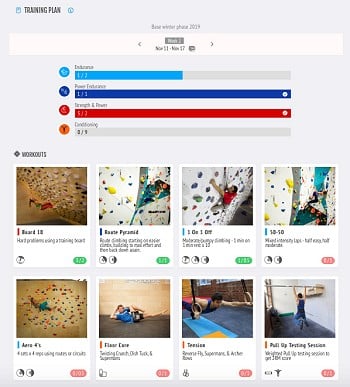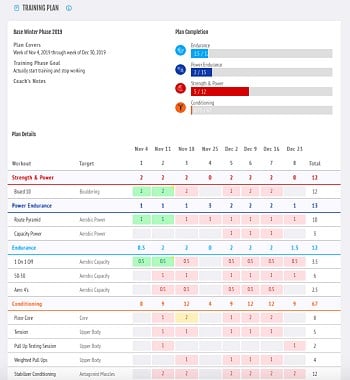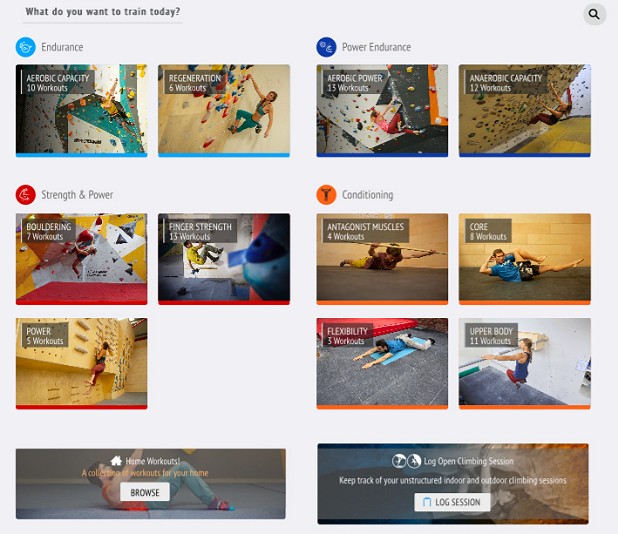Training The Upper Body At Home & Tom Randall Q&A
Josh Hadley, one of the lead coaches from Lattice talks us through how best to train your upper body at home. Many of the exercises and sessions detailed below can be found in the free Crimpd app, which is available on both iOS and Android.
Welcome to part 2 of Home Training with Lattice. Previously, we discussed how we can move training from the climbing wall to our fingerboard at home. This adaptation of training is highly specific to the fingers and forearms but of course climbing requires a lot more than just our fingers! Our physical conditioning of the whole body will both impact our climbing ability and injury robustness. In this article we are going to discuss how best to train your upper body at home with minimal equipment.
Climbing analysis – not all movements are created equal
Before we start selecting the exercises we want to include in our training we should first think about the specifics of climbing movement. While climbing, many muscles are working in synergy to keep us in contact with the rock. In addition, climbing movement is extremely varied and complex, meaning if you were to list the muscles involved in climbing you would likely need an anatomy book! So what exercises are best? To help us optimise the time and energy we put into training and improve the transfer of climbing we need to refine our search to the main muscles used.
The best place to start is by analysis of climbing movement. For example, as soon as you watch a climber moving over rock you will notice a high degree of activation around the shoulder joint (both anterior and posterior). Typically, on vertical terrain we spend a lot of time with our hands stretched out overhead and pulling down towards our torso to move up. However, if you change the angle of rock to steep overhanging terrain, now our hands are orientated more in front of our body and we pull in towards our chest or hips to move.
When these planes of climbing movement change, so does the balance of primary muscles used. It is not always possible to perfectly recreate these planes of movement off the wall but by understanding the muscles involved we can still train with a degree of specificity to climbing. Below we will list some of the main muscles in climbing and their primary role in movement.
Lower Back – Latissimus dorsi
Vertical to horizontal pulling: The lats are one of the primary movers in a pull-up and highly specific to climbing. They are also responsible for pulling in horizontal (steeper) positions so play a big role in the front lever too.
Mid to Upper back – Trapezius and Rhomboids
Scapular (shoulder blade) control: The trapezius and rhomboids connect the scapular to your upper back. They do not have a large range of movement but still do play an important role in positioning the shoulder joint (and consequently the arms) whilst climbing.
Arms – Biceps
The biceps are synergistic with the lats for pulling movements. Strong biceps will also be a benefit for undercuts on bigger holds, roof moves, laybacks, lock-offs and tight compression moves.
Chest – Pectorals
Really important for compression strength and moves in wide positions. They also play an essential role in push movements that include mantles, rockovers and crack climbing. Also, many people forget that the pectoral muscle is involved with the internal rotation of the shoulder joint (think cross throughs, twisting moves etc). Don't neglect the pecs!
Abdominals
The 6 pack is what people typically think of, but also the other core muscles such as transverse abdominis act to "brace" the middle portion of your body. These are important for stability and holding tension from contact points with the rock. It's also an important muscle group for the control of your hips (holding positions and generating momentum).
Basic Home and Floor exercises for climbers
Floor exercises lend themselves to pushing movements and abdominal training. With no equipment at all we can use our bodyweight and form to work different muscles and intensities.
3 Types of Press-Ups that are useful for climbers
The press-up is a simple exercise that requires no equipment and can be modified to suit your needs easily. It is going to train the main pushing muscle involved in climbing – the pectorals along with the triceps, which are an important antagonist to the biceps.
Traditional Press-Up –Unfortunately, quite often I see this simple exercise performed poorly - usually with poor core or scapular control. Anecdotally, I have seen issues arise in the shoulder when people choose a wide position with their elbow flared out or shoulder elevated towards their ears. If possible, avoid this and instead follow the form described below;
First, lying face down on the ground place your hands under your shoulder and keep your elbows back. Now you have your hands and elbows in the correct position, tuck your hips under by tensing your abs hard and squeezing your glutes. This stops your bum from rising into the air. Maintain this tension as your press-up and do not let your head sag forward, keep a neutral spine throughout. Go all the way down till your chin touches the floor.
To make this easier, place your hands on a bench or chair to reduce the angle of your body. I prefer this method to using your knees on the floor because it maintains that level of tension requires all the way to your toes. To make this harder, slow down the tempo of reps.
Power Press-Up – This takes the traditional press-up but puts an emphasis on speed. We do this to train the muscle to be able to contract fast. This is important for compression moves where you might be slapping for a sloper and need to apply pressure immediately or you're off!
From the floor aim to push hard and fast enough to lift off into the air. For many, it may be better to do this with hands on a bench or wall to make sure the speed is fast enough. You will need a solid surface for this so take care. Because power is the focus of this exercise keep the rep really low (2-3) or until you feel your speed decreasing. Remember that speed is the most important element here - keep lowering the intensity until you're moving really fast!
Wide Isometric Holds – Ok, so this one is kind of a core exercise too. But it is great to holding full-body tension and chest compression at the same time. Walk your hands out into wide position either slightly above or below the shoulder. Holds from 5-30 seconds are great and total time will depend on your ability and training history.
3 Core sessions that are useful for Climbers
A quality core routine for climbing will involve lots of different movement planes, a variety of volume and intensity and also the use of the most appropriate tools. I've seen a lot of climbers work for entire seasons on their core with just a few exercises they like and also using the same sets and reps. This may well work out ok for a while, but eventually it's going to seriously limit your progression. Likewise, remember that core sessions should use tools like the floor, TRX, weights and even bar-based hanging work. Get all of the above covered and you're in a strong position!
Static Holds – Do your feet ever cut loose while grabbing a hold in a stretched-out position? Do you lack the ability to control your hips/core whilst in locked-off positions? Well, this one is for you!
Floor Core – This one is great for working the transverse abdominals which will help with twisting on the wall.
Bar Core – This one is a bit more advanced! In the Crimpd App, we've given you a good "starter" session to hanging bar work. An important point to note is that you want to not over-engage the shoulders on the bar work, as you'll quickly find this part of your body will become the limiting factor and not your core.
Bar/Jug Exercises For Climbers
Having a pull-up bar or fingerboard with jugs is a massive bonus to your home training set up. If you could do only one exercise it would probably be the pull-up.
3 Types of Pull-Ups useful for climbers
Normal Pull-Ups – A pull-up uses an overhand grip (palms facing away from you) with hands placed slightly wider than shoulder width. A wide grip variation of this is a great way to place more intensity on the lats and is a harder alternative for those who wish to complete pull-ups unweighted but want higher intensity reps.
Lock Offs – Isometric holds are a great way to train the pulling muscles in climbing and it's possible to adjust for intensity and/or volume. For those who find pull-ups hard these make a great progression by holding varying positions with two arms. If you find normal pull-ups easy moving to one arm lock-offs is a great step, even if you're completing these with some assistance.
Training at a 90° and 125° of elbow flexion is great. Avoid training at the top of the pull (full lock-off) because the elbow joint will take more stress in this position and overuse will increase the risk of developing an injury or aggravation.
Chin-Ups – Similar to the pull-up except your grip is now under-grip (palms facing you) and your hands will be level with shoulder width. This exercise now places more intensity on your biceps. These are a great training tool for steeper climbing.
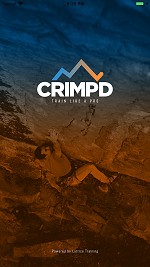
New Crimpd Features for 2020:
In-App Training Plans: popular with boulderers and sport climbers all over the world, the customised Lattice Lite Plans are now available within the Crimpd itself. You will be able to view your plan, receive weekly prompts for what sessions are to be completed and interactive training plan view that allows notes and logbook tracking. All plans include a free assessment and also the ability to re-test key metrics within Crimpd.
Home Training Workouts: during the COVID-19 crisis, we've produced a number of new, free sessions perfect for minimal equipment. There's core workouts, fingerboard training, weights and more. Much of the content is further supported by our YouTube channel and active Facebook Community group, both of which, are also free!



